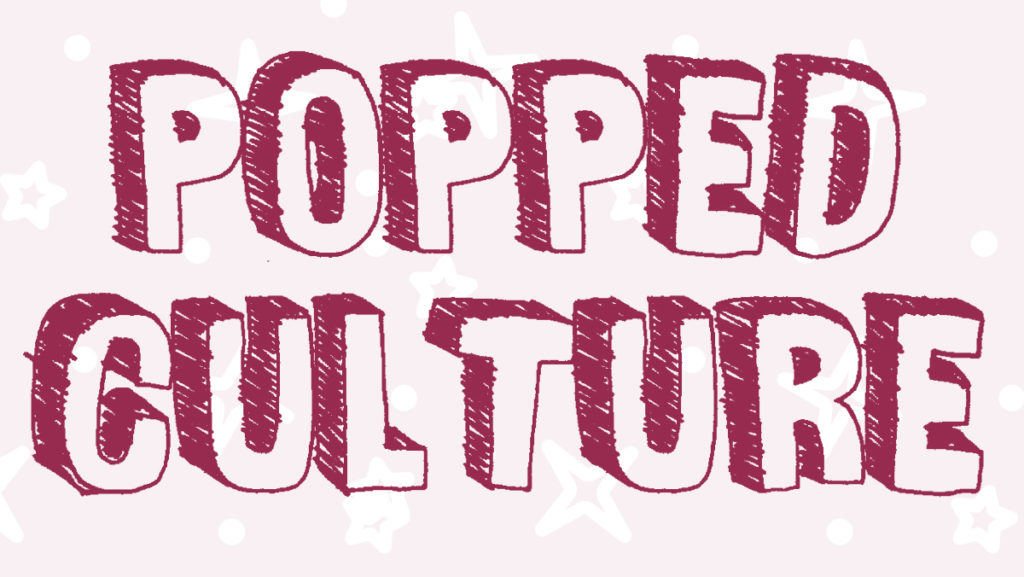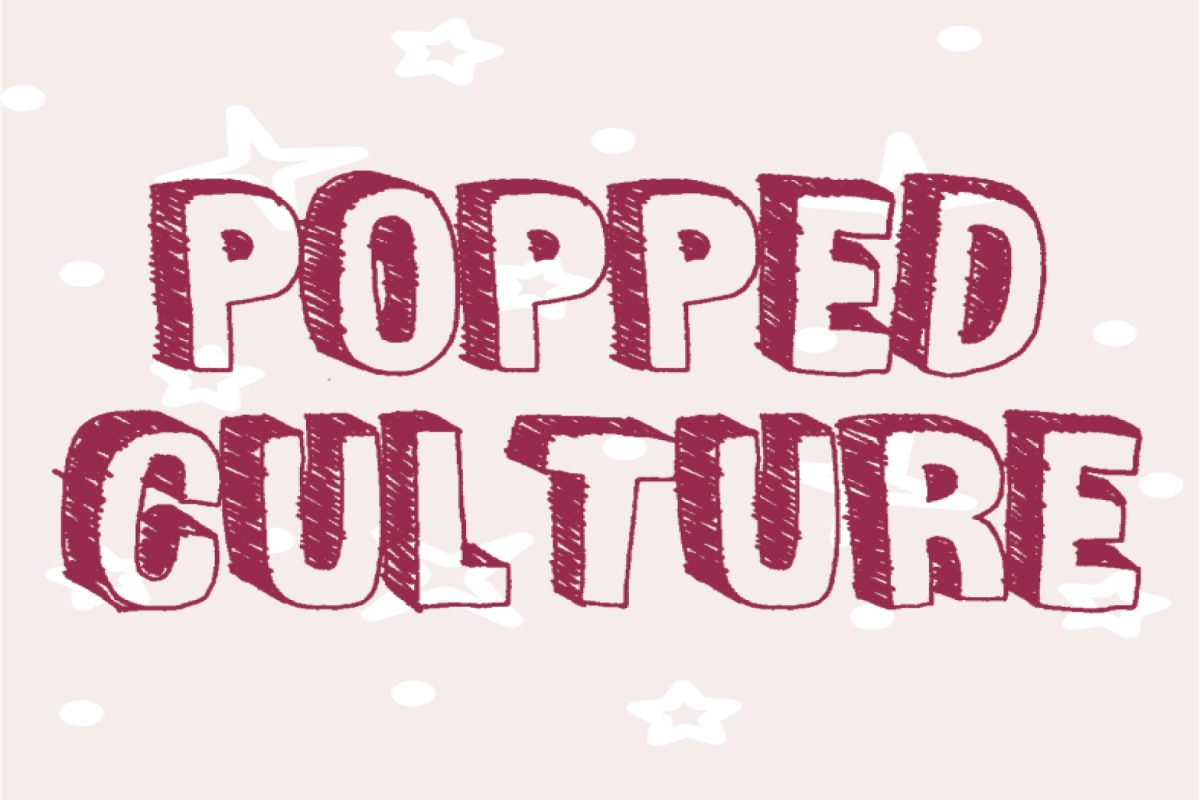The murder of George Floyd, its accompanying protests and the coronavirus pandemic putting the world on pause have resulted in a nationwide reckoning — and with it, a new desire for education on racial issues. As a result, literature discussing racism in the United States has seen a significant surge in sales.
Despite the phrase “New York Times bestseller” meaning almost nothing because of its overuse, its bestseller list is considered the Billboard 100 for literature. Its “Combined Print & E-Book Nonfiction” chart has featured an interesting combination of books on the topic of race since Floyd was murdered in May. Currently, John Bolton’s bloated, disdainful memoir, “The Room Where It Happened,” has had two weeks in the No. 1 spot on the list since its June 23 release date. However, self-help books and autobiographical books addressing race in the U.S. have populated the rest of the list. These books that have enjoyed some renewed appreciation include 2016’s “Born a Crime: Stories from a South African Childhood” by “The Daily Show” host Trevor Noah, 2018’s “Becoming” by former first lady Michelle Obama and various works by Ta-Nehisi Coates and James Baldwin. But “White Fragility: Why It’s So Hard for White People to Talk About Racism” has been camping out at the top of the list for 16 weeks.
“White Fragility,” which has become the leading text in the discussion of race relations, has been subject to both harsh criticism and exuberant praise. The author, Robin DiAngelo, a white woman, discusses the theory of “white fragility,” which theorizes that the mental resistance and defensiveness white people experience when discussing racism is a result of institutionalized racism. This resistance, DiAngelo explains, when spread over a mass population, causes negligence toward achieving racial justice. While DiAngelo’s theory is vehemently true, there seems to be another side to her writing. DiAngelo’s book has been written in a convenient way in which dissent and criticism of its content is a form of white fragility in itself.
The hypocrisy is that while DiAngelo attacks the posturing and common excuses white people defend themselves with, like the fallacious “I have a Black friend” statement, her writing engages in exactly that: “I remind my readers that I am addressing white people at a societal level. I have friends who are Black and whom I love deeply. I do not have to suppress feelings of hatred and contempt as I sit with them.” So should the whole book be dismissed as some kind of “Green Book–esque” white savior narrative? Still, DiAngelo’s theory on white fragility is not exclusive to her book.
“So You Want to Talk About Race,” another self-help book, written by Ijeoma Oluo, a Black woman, has also seen a surge in sales. Currently at No. 7 on The New York Times Nonfiction Bestseller list, the book asks and answers a question about race in every chapter. Chapters begin with questions like, “Is it really about race?,” “What is the school-to-prison pipeline?” and “What is the model minority myth?” The book is almost entirely airtight in its arguments, asking and answering questions, providing anecdotes and pointing out patterns of white ignorance.
Michelle Alexander’s “The New Jim Crow: Mass Incarceration in the Age of Colorblindness,” one of the most influential books in the discussion about the mass incarceration of people of color, also enjoyed six weeks on The New York Times Bestseller list. The book compares the prison industrial complex’s system of subjugation to racial segregation under Jim Crow. Accounting how various “tough on crime” laws were passed by both the Reagan and Clinton administrations, the Supreme Court and state and local governments, “The New Jim Crow” is irrefutable evidence of the new form of systematic subjugation in a colorblind world.
While “The New Jim Crow” did reappear on bestseller lists for over a month and “So You Want to Talk About Race” has stayed on the charts, “White Fragility” has become the go-to book on race. There is some sad irony that the book about race dominating sales charts during widespread calls for change was written by a white person. Additionally, just because books are being binge purchased doesn’t mean they’re being read nor does it mean that their contents will be turned into a daily discipline that recognizes personal and systemic racism. The increased sales could be indicative of readers wanting to stave off the guilt of long–term inaction.
I, a white male, do not think I am the one to be making decisions on what books on race people should or shouldn’t read. But in my own reading, I couldn’t help but notice that while Oluo writes about how white people can better themselves in “So You Want to Talk About Race” and Alexander proves racial bias in the criminal justice system in “The New Jim Crow,” DiAngelo only theorizes about mental resistance white people have when discussing racism.





